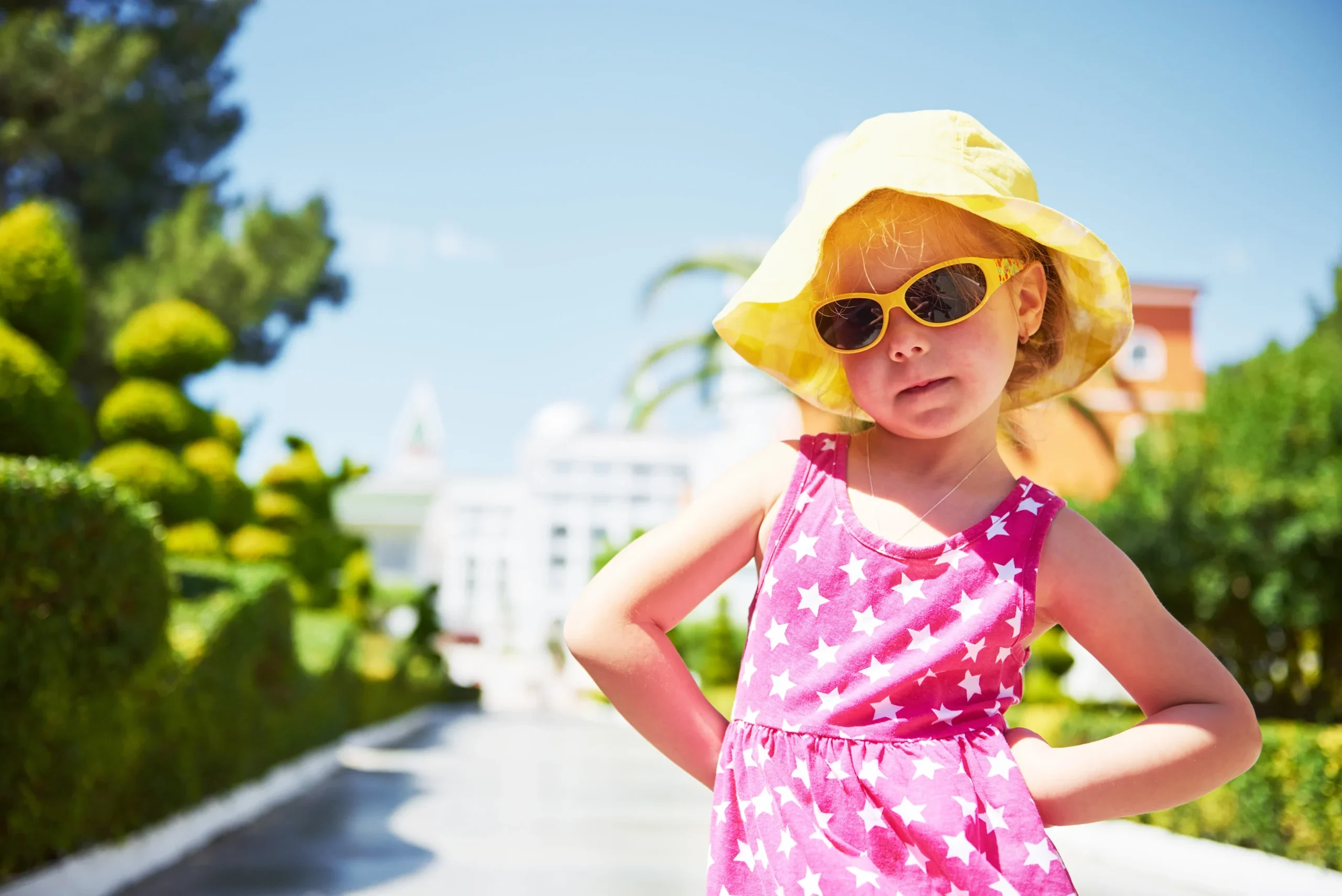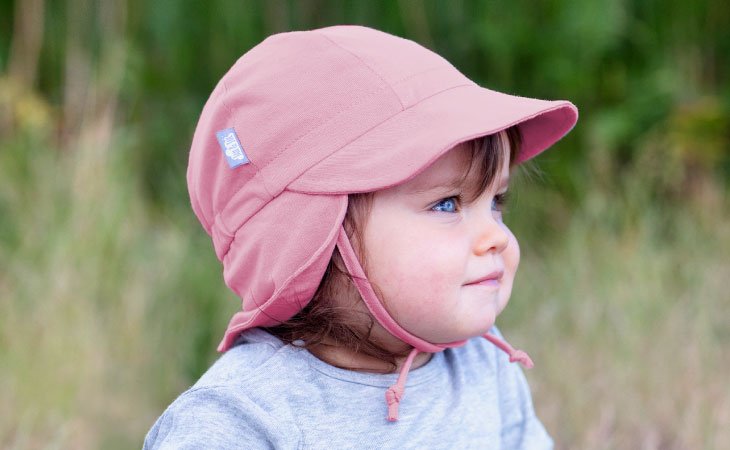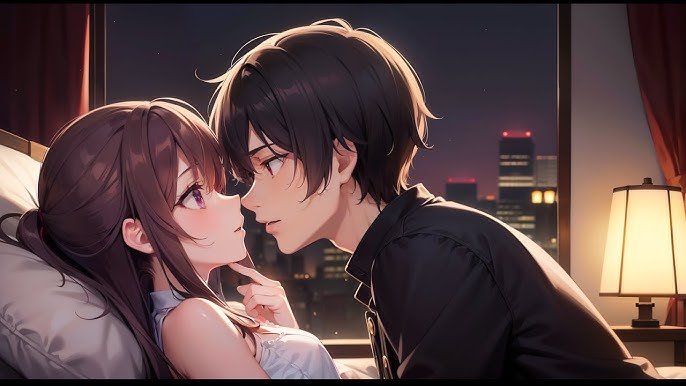A wedding bride is more than just the centerpiece of a ceremony—she is the heart of an age-old tradition, the embodiment of love, and the symbol of a fresh beginning. Around the world, the role and appearance of a bride vary, but the emotional journey remains universal. A bride prepares not only for a single day but for a lifelong chapter that begins with grace, emotion, and dreams stitched into fabric, makeup, and rituals.
The Emotional Transformation from Woman to Bride
The moment a woman transitions into a bride is deeply emotional and symbolic. She leaves behind the familiarity of her previous identity and embraces a new chapter with her partner. It is not just a change in name or attire—it’s a psychological transformation. Months of preparation, imagination, and dreams culminate into one singular event that marks the union of two lives, two families, and sometimes even two cultures.

From choosing her attire to participating in rituals, every action is infused with meaning. The process is both empowering and deeply moving. As she walks down the aisle or participates in cultural ceremonies, a bride carries not just a bouquet or blessings—but also courage, hope, and trust in the path ahead.
A Statement of Identity, Tradition, and Modernity
A bride’s wedding attire is often the most anticipated part of the event—for her and for everyone else. In Western cultures, white gowns symbolize purity and new beginnings. In Eastern traditions, red, gold, or vibrant shades represent prosperity, fertility, and joy. Every fabric choice, cut, and embellishment is a silent storyteller.

Modern brides often strike a balance between tradition and personal style. While some opt for heirloom pieces handed down by mothers or grandmothers, others collaborate with designers to create custom gowns that reflect their personality and cultural heritage. Intricate lacework, flowing trains, embroidered veils, or statement lehengas—the attire becomes a visual expression of the bride’s essence.
Beauty Rituals: Preparing Inside and Out
The beauty rituals surrounding a bride are more than just about appearance—they serve as moments of introspection, bonding, and tradition. From skincare routines months before the big day to spiritual cleansing ceremonies like the haldi (turmeric) ritual in Indian weddings, the preparation is holistic.

Makeup and hairstyling have become more personalized in recent years. Brides today embrace their natural features while enhancing them with soft glam or bold choices depending on the wedding theme and personal comfort. Whether it’s a delicate French braid adorned with pearls or a sleek bun paired with a cathedral veil, the final look is designed to elevate her confidence and emotion.
Cultural Symbols Worn with Pride
In nearly every culture, brides wear symbolic accessories and participate in rituals that mark their rite of passage. A Jewish bride may wear a veil during the bedeken ceremony, while a Chinese bride may don a red qipao for good luck. African brides wear beaded jewelry and head wraps that signify their tribal roots, while Hindu brides wear sacred red bindis, henna patterns, and layers of gold.

These cultural symbols aren’t just for visual effect—they are deeply rooted in spirituality, ancestry, and beliefs. A wedding bride becomes a carrier of her people’s history and identity, woven into her dress, her jewelry, and her presence.
The Bridal Entrance: A Moment That Lasts Forever
One of the most unforgettable moments in any wedding is the bride’s entrance. Whether accompanied by her father, her entire family, or walking solo in power and poise, this moment is filled with anticipation, emotion, and often tears of joy.

Music swells, hearts race, and time seems to slow down. This entrance isn’t just a walk—it’s a symbolic crossing over. It is the bride stepping into her future, witnessed by everyone who matters to her. The atmosphere becomes magical, capturing a transformation that’s felt as much as it is seen.
Modern Brides: Confidence, Customization, and Choice
Today’s wedding brides are defining their journeys with confidence and creativity. They are no longer bound by rigid traditions or expectations. From elopements and destination weddings to eco-friendly ceremonies and inclusive unions, modern brides are rewriting the narrative.

They choose their own vows, plan their own themes, and even participate equally in rituals that were once male-dominated. The bridal role has expanded from just being the “beautiful one in white” to being the planner, decision-maker, and storyteller. She celebrates her individuality while still honoring collective traditions, and that balance makes her journey even more inspiring.
Love, Legacy, and the Start of Forever
At the heart of every bride’s journey is love—the reason everything begins. A wedding may last a day, but the commitment she enters into is timeless. Through her choice of attire, rituals, and expressions, a bride silently builds a legacy—of romance, resilience, and devotion.

Her photos will be framed, her dress perhaps preserved, her smile remembered. Her wedding is not just about being admired—it’s about being deeply present in one of life’s most beautiful milestones. She becomes a wife, a partner, and often, a cornerstone of a new family unit.
Conclusion
A wedding bride embodies elegance, emotion, and empowerment. She stands at the intersection of tradition and individuality, of fantasy and reality, of past and future. As she celebrates her day, she does more than fulfill a role—she steps into a legacy with poise, grace, and a heart full of promise. Her journey is one of transformation, not just for herself, but for everyone blessed to witness it.

































